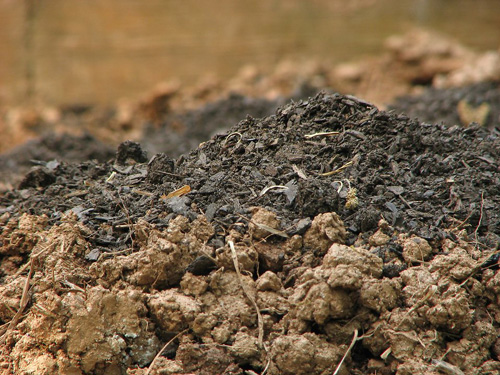
Wednesday, March 18, 2020 - Carbon is one of earth’s most common elements and is vital to healthy soils. 
Unlike other necessary crop elements, though, you can neither spray nor spread it onto your fields. And there’s no carbon credit from previous crops, like you can take with soybeans.
So how do you build carbon into your soils? Caley Gasch, soil scientist at North Dakota State University, says building and preserving soil carbon can be done by:
- Reducing tillage
- Adding cover crops and livingroots
- Intensifying crop rotation
- Implementing grazing
By themselves, each of these tactics will build soil carbon. But combining any or all of them is the quickest way to make it happen, she says.
Increasing soil carbon has a cascade of positive effects to your soils, says Mark Liebig, research soil scientist at USDA’s Agriculture Research Service in Mandan, North Dakota.
Soils with high carbon levels are resilient to weather extremes because they have increased aggregate stability, which enables soil to retain water and nutrients.
Of all the elements that make up soil organic matter, carbon represents about half. It is the lifeblood of productive soils, Gasch and Liebig agree.
Carbon supports the microbial activity necessary for:
- Nutrient cycling
- Water-holding capacity
- Infiltration capacity
“Plus, carbon offers a lot of other physical and chemical benefits we like to see in a healthy and productive soil,” Gasch says.
Plants are key to the carbon cycle, Gasch adds. Think of plants as a pipeline through which carbon dioxide is captured from the atmosphere, converted into sugar that is turned into cellulose and carbohydrates, then pumped below ground into roots.
Carbon is simply the stuff that returns to the soil, such as residue, roots, and root exudates. When soil is disturbed – such as with tillage, or land clearing – carbon dioxide is released into the atmosphere.
Farmland has great capacity to be a carbon sink or storehouse of carbon that is taken from the atmosphere.
Unfortunately, the removal of perennial grasslands, deforestation, and urban development is diminishing the carbon sink, Liebig says.
Undisturbed soil contains twice as much soil organic matter as land that’s been cultivated for a century, says Ray Weil, University of Maryland soil scientist.
Learn More Here